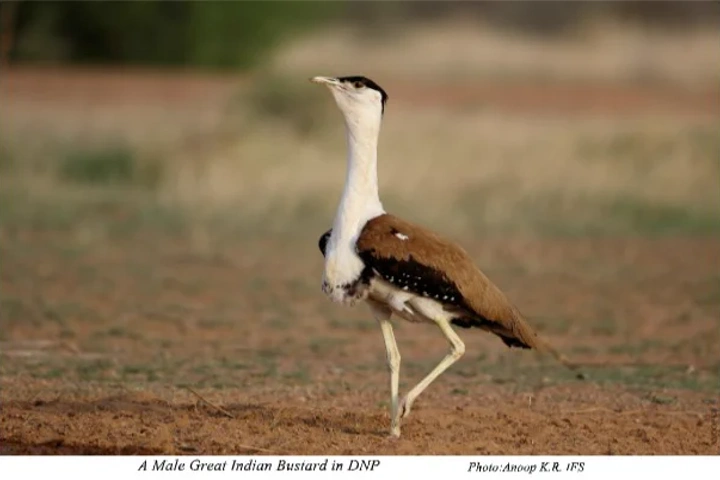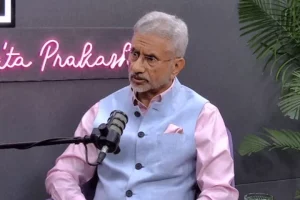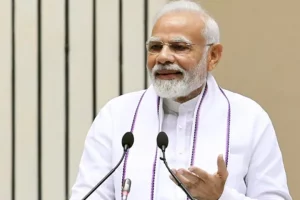The Union Ministry of Forest, alarmed by dwindling numbers of the Great Indian Bustard birds, has launched a string of initiative to conserve and protect them. Listed under Schedule-I of the Wild Life (Protection) Act, 1972 they are accorded the highest degree of legal protection from hunting.
According to the International Union for Conservation of Nature, their numbers are estimated to be less than 150 and they are considered “critically endangered”.
Consequently, efforts are already on in Rajasthan to breed these large birds which are native to Indian subcontinent and have long bare legs and a horizontal body and are among the heaviest of the flying birds. But now, Karnataka Forest Department too has joined in this endeavour to conserve them, focusing on the Ballari district.
Talking to Indian Narrative about this programme, Sandip Suryavanshi, District Forest Officer, Ballari said: “These birds which feed on insects and other creatures are very useful to the farmers because they eat small snakes, locusts, scorpions and insects. It is imperative to save them from extinction which they face if efforts are not made now.”
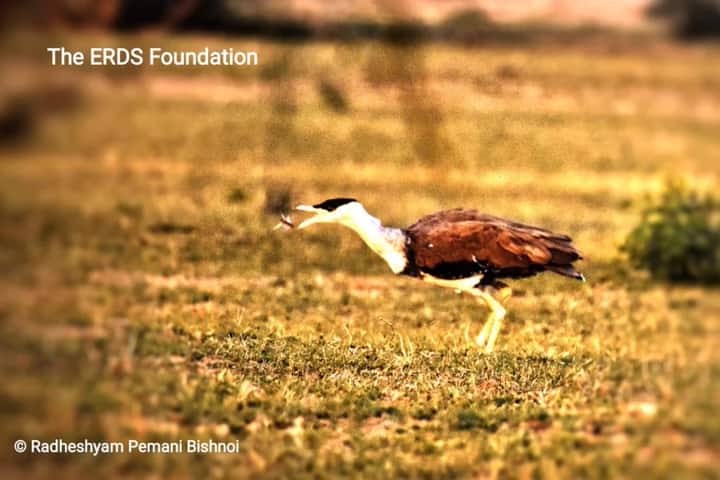
Ballari district according to him is the most promising habitat as GIBs have sighted off and on at Siruguppa taluk here. “In all six birds have been seen here,” he disclosed.
The forest officials of the district have already started working on this mission in earnest. “Improvement of habitat has been undertaken which entails removal of weeds that are not palatable and good for the bird and sowing of native grass which they like. This grass will help in bringing in a host of insects and other creatures that form a part of GIBs’ diet. We have already in place a system of 24×7 monitoring by forest guards and watchers who have been selected from local communities. Divided into three groups with each having four members, they are responsible for keeping a close watch on the sighting, whereabouts, movements and nesting of the birds. While patrolling, if they come across any bird, they observe its behaviour, document it, create data and click its picture,” Suryavanshi told India Narrative.
With the emphasis on making the local people and villagers, especially the farmers a part of the conservation efforts, the forest department is continuously running community outreach programmes. “In all there are 24 villages and so far, we have tapped five of them. The people are told about GIBs, how it is critically endangered and how important it is to protect and conserve them for humankind,” Suryavanshi said
With the allocation of Rs.24.42 crore to be used in a period of 7 years, the efforts and programmes will be taken to the next level. “The habitat improvement work will be extended to other areas and we will increase the number of watchers and guards. Community outreach will now target all the 24 villages in a systematic manner so that we can cover all of them as fast as possible. Further, children studying in schools, both government and private, will be made aware about these birds. In all there are 44 schools, and GIB Clubs will be started in every institution and activities concerning these birds will be organised in them on a regular basis. Celebrating days like Environment Day or Bird Day, we will have special events at the schools. Activities like quiz and painting competition based on GIB will be held while we also organise lectures for the children on these birds by experts,” Suryavanshi informed India Narrative.
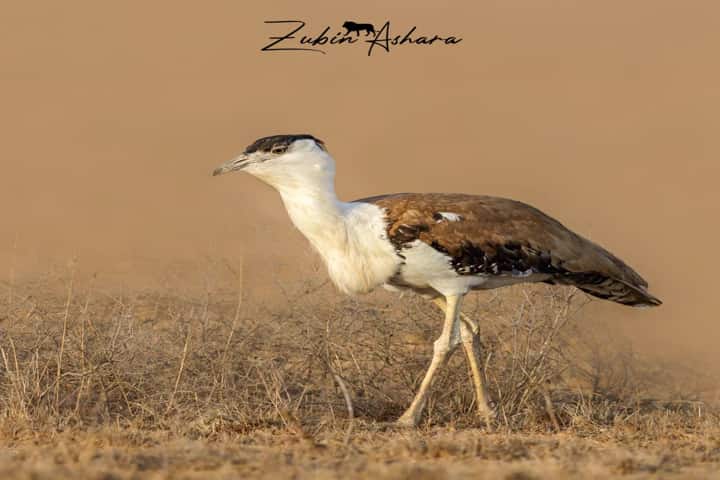
As farmers are the major stakeholders in this programme, the DFO said “they will be told about organic farming and encouraged to follow that while it will be ensured that insect density and population is maintained in the fields and forests as GIBs thrive on them.”
While bringing in first-time farmers and villages into this effort, the forest officials will organise entry point activities like health camps to gain their confidence. “Later, we are planning to provide incentives to farmers and others about informing us about nests and eggs of the bustards,” the DFO said.
Plans are also afoot to set up a conservation breeding centre in Ballari. For this the officials visited two breeding centres in Rajasthan – one at Ramdevra near Pokhran and other at Sam in Jaisalmer. Here the GIB eggs are collected, incubated artificially and the chicks are kept under supervision for breeding. It is planned that after three generations of breeding, they will be gradually released in the wild. Incidentally, Rajasthan’s State bird is the Great Indian Bustard or Godawan as it is locally called. “Something similar is being planned for Ballari. By roping in researchers and conservationists and Wildlife Institute of India experts we intend to start a conservation breeding centre,” the DFO disclosed.
Going further, the officials also intend to have regular interaction with all 12 districts in North Karnataka where there have been off and on sighting of GIBs. “This will help in keeping a close track on these birds, document their presence and make our database more reliable thereby helping in conservation. Apart from this we intend to coordinate with officials of other States for this purpose,” Suryavanshi told India Narrative.
Also read: West Bengal to go all out to preserve fishing cat, the State animal






